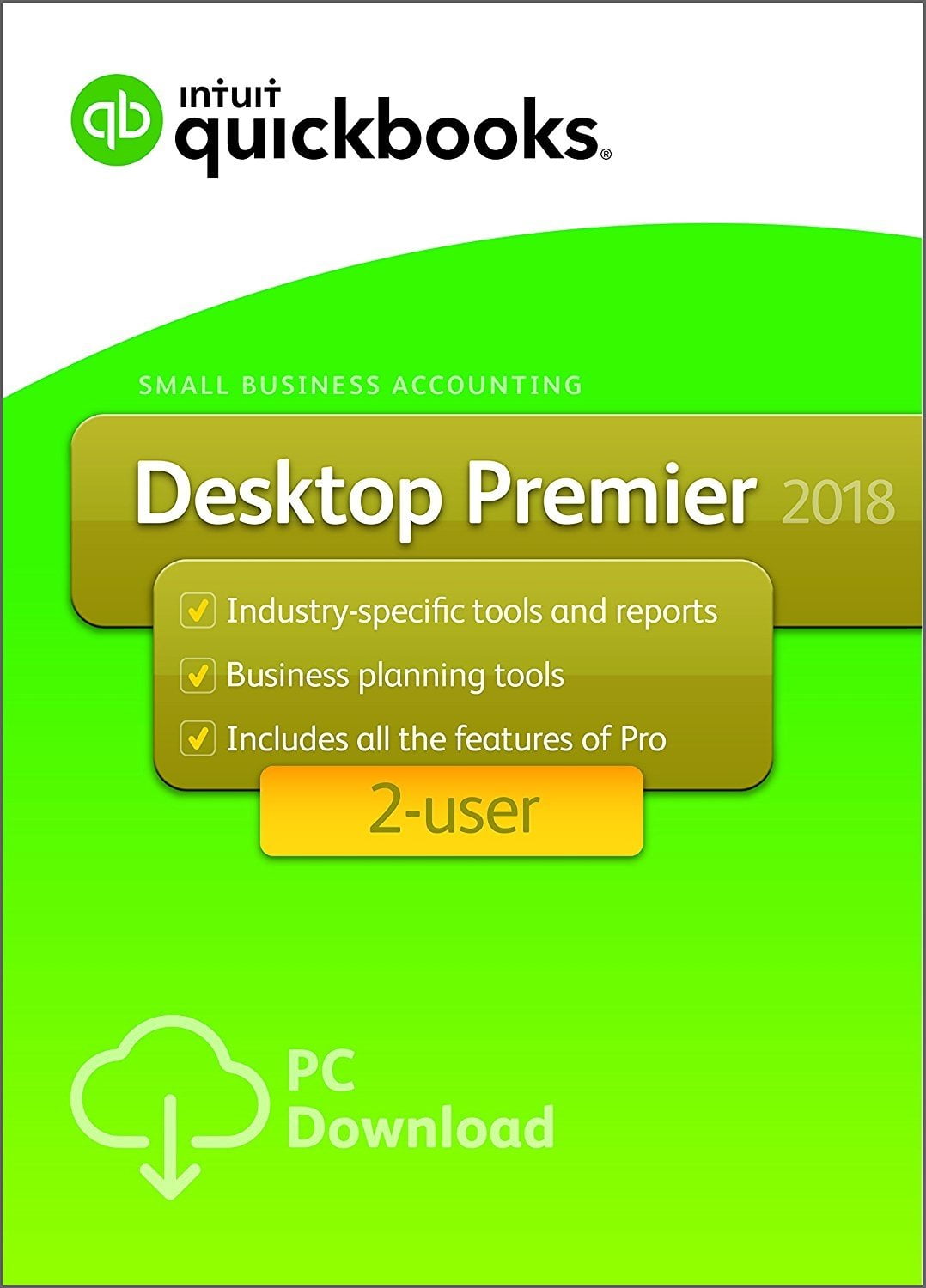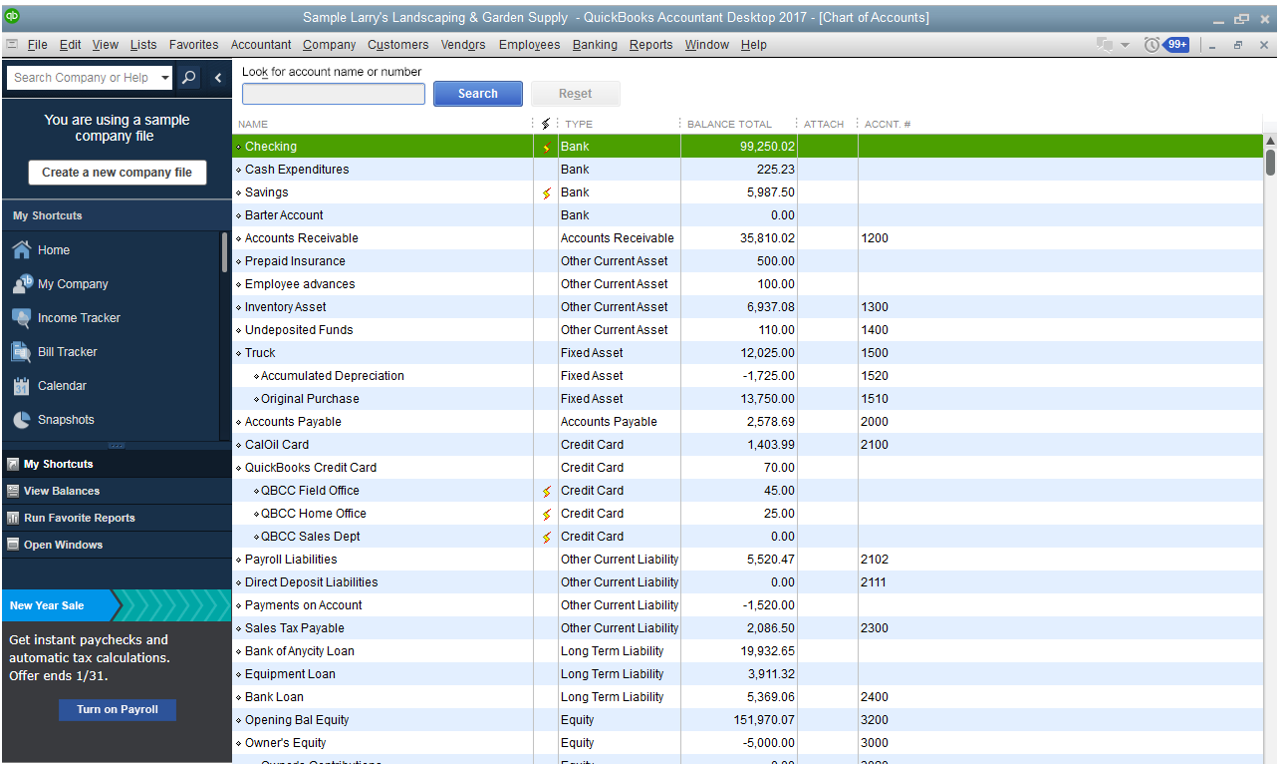
- HOW TO PAY BONUSES QUICKBOOKS 2018 DESKTOP FULL
- HOW TO PAY BONUSES QUICKBOOKS 2018 DESKTOP PLUS
- HOW TO PAY BONUSES QUICKBOOKS 2018 DESKTOP PROFESSIONAL
- HOW TO PAY BONUSES QUICKBOOKS 2018 DESKTOP FREE
If you have an employee who always works a fixed 42-hour schedule, with no variation in hours from week to week, this method can’t be used. Notice that the method is called the “fluctuating workweek” method. However, employers who don’t want to take their chances in litigation with the DOL on this issue should think carefully before mixing the fluctuating workweek method for calculating overtime with any other form of compensation.Ĭatch No. The DOL’s commentary does not carry the force of law, and there is some debate in the courts as to whether incentives based on factors other than additional work hours – such as bonuses based on financial performance or sales commissions – prevent use of this method. Indeed, the Department of Labor’s commentary in final rules issued on Apsuggests that paying any compensation to an employee in addition to the flat weekly salary can preclude use of the fluctuating workweek method. You also can’t get around this requirement by creating attendance bonuses or creating other time-based incentives for employees to show up for work.
HOW TO PAY BONUSES QUICKBOOKS 2018 DESKTOP FULL
If you want to use this method, it means paying employees their full salary for every workweek in which they perform any work, even if it’s just one day or even one hour. You know how, with exempt employees, you can dock their salary if they are absent after they’ve exhausted vacation or sick leave? Not allowed for non-exempt employees paid on a fluctuating workweek basis.

If you want to pay employees a fixed salary for working a fluctuating workweek, the salary actually has to be fixed.
HOW TO PAY BONUSES QUICKBOOKS 2018 DESKTOP FREE
Sounds pretty great, right? So why don’t all employers do this for all non-exempt employees? Naturally, there’s no such thing as a free lunch.Ĭatch No.
HOW TO PAY BONUSES QUICKBOOKS 2018 DESKTOP PLUS
The employer only pays the “half.” So, for our 42-hour workweek example, the employee would get the $1000 salary, plus a half-time overtime premium for 2 overtime hours at a rate of $23.81 $11.91 per hour, totaling $47.62 $23.81. That sounds pretty good from the employer perspective, but it gets better. Because the salary is deemed to cover the employee’s straight-time wages for all hours worked, no additional pay is due for the “time” part of the “time and a half” overtime premium. The more hours worked, the lower the rate. Because the number of hours covered by the salary varies from week to week, the employee’s regular rate also varies from week to week. If the employee works 42 hours, you pay $1000 (for the first 35 hours), plus five hours at $28.57 per hour ($142.85), plus two hours at $42.86 ($85.72), for a total of $1228.57.īut what if, instead of a fixed number of hours, you reach a clear mutual understanding with your employee that the salary covers straight-time pay for all hours that the employee works during each workweek, no matter how many or how few? If the employee works 20 hours, they get $1000. Divide the salary by 35, and there’s your hourly rate – $28.57 per hour. If that salary is intended to cover a fixed number of hours each week – say, 35, the math is simple. In order to pay overtime for a salaried employee, an employer has to convert the salary to an hourly rate, and then pay the employee 1.5 times that rate for any overtime hours. Under the FLSA, employers are free to pay non-exempt employees a flat salary, as long as that salary is sufficient to provide employees at least the minimum wage for all hours worked every workweek, and so long as employers pay overtime at 1.5 times the employee’s “regular rate” of pay for all hours worked in excess of 40 in a single workweek.

Fluctuating Workweek Methods for Calculating Overtime So what is this method, and how does it work?įixed vs. As part of that search, you might have heard of this idea called the “fluctuating workweek method” for calculating overtime as one alternative that can yield major savings.
HOW TO PAY BONUSES QUICKBOOKS 2018 DESKTOP PROFESSIONAL
The impending increase in the minimum salary for the executive, administrative and professional exemptions under the FLSA has many employers looking for ways to manage overtime costs for newly-reclassified employees.

Note – This post has been updated to correct a calculation error noted below.


 0 kommentar(er)
0 kommentar(er)
